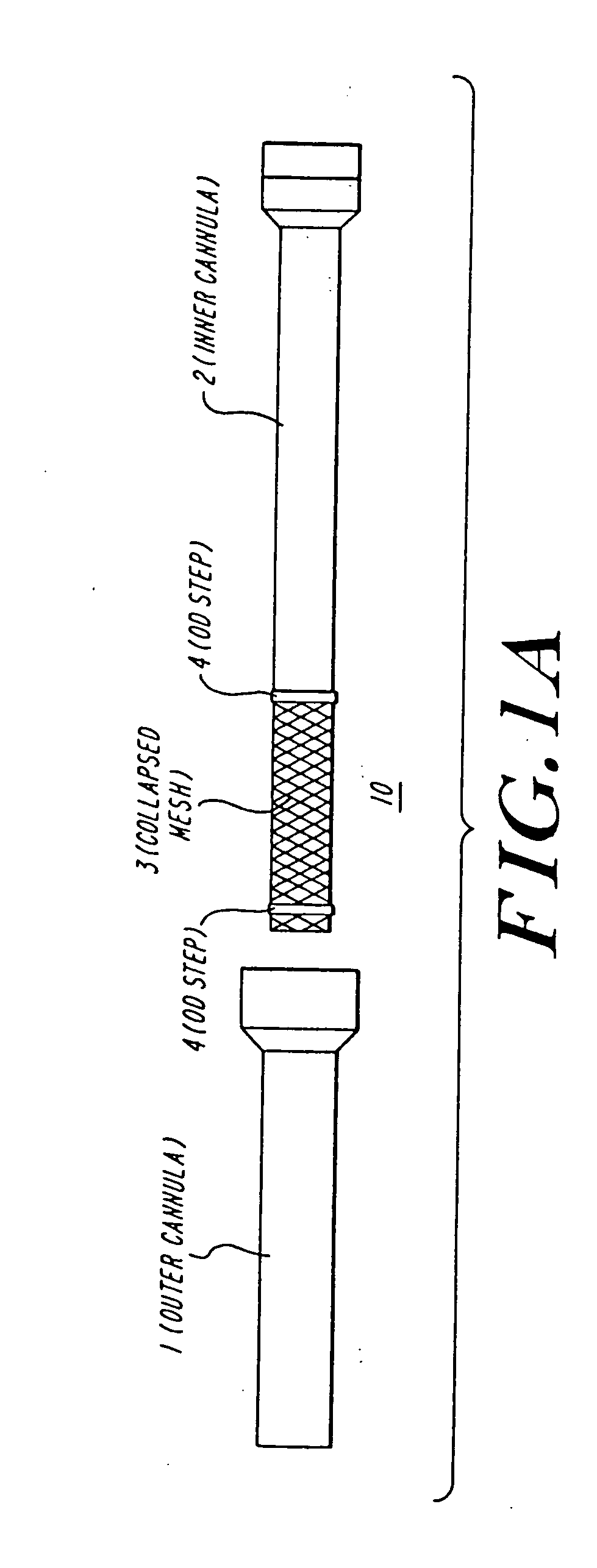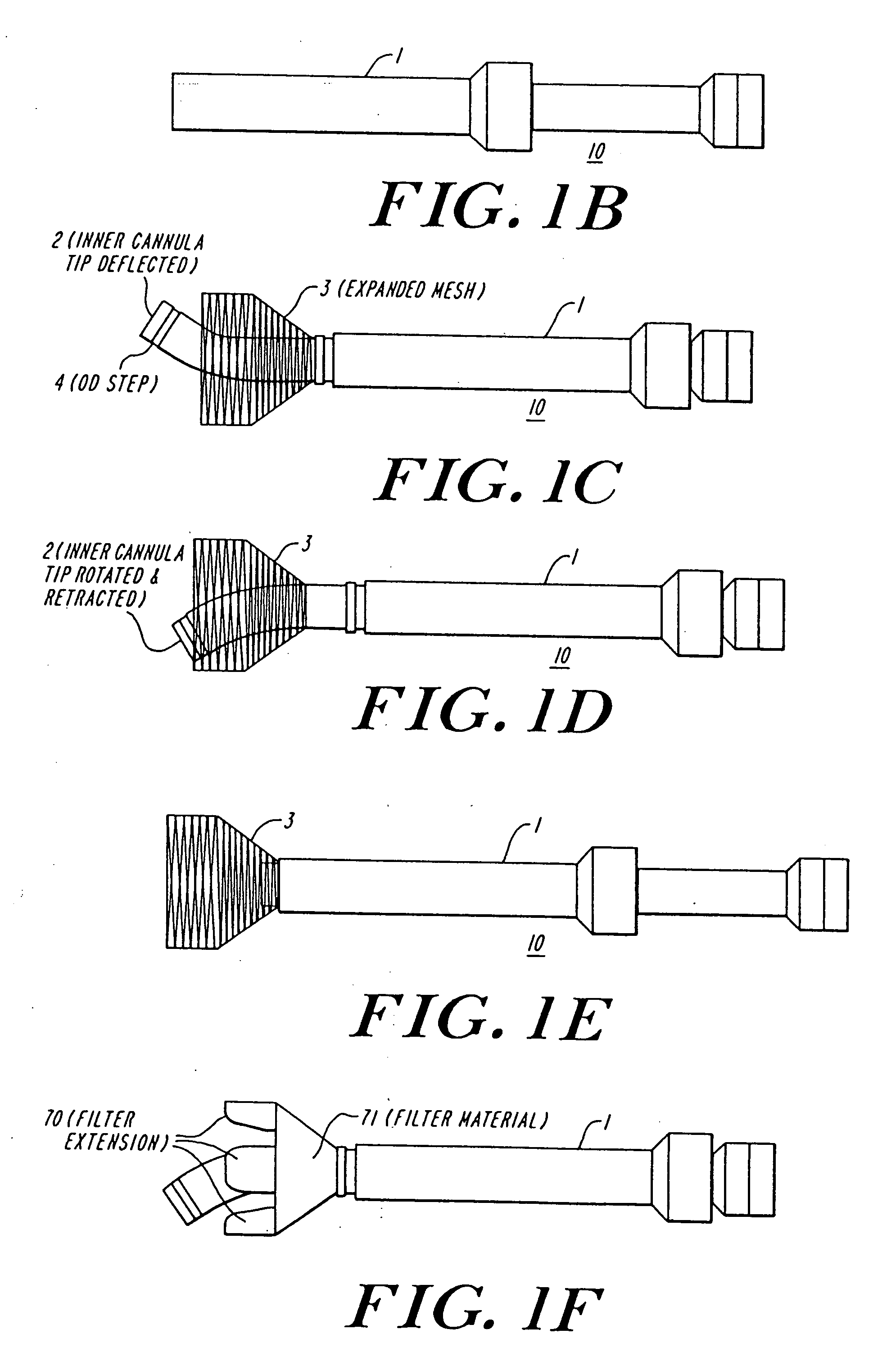Cardiac valve procedure methods and devices
a heart valve and valve technology, applied in the field of cardiac valve procedure methods and devices, can solve the problems of one effective treatment for patients with aortic stenosis, substantial and invasive undertaking for patients, and little progress in the development of safer and less invasive valve delivery systems. , to achieve the effect of reducing the risk of heart failure and reducing the risk of emboli
- Summary
- Abstract
- Description
- Claims
- Application Information
AI Technical Summary
Benefits of technology
Problems solved by technology
Method used
Image
Examples
Embodiment Construction
[0053] The methods and devices of the present invention can be used for performing procedures on cardiac valves without cardiac arrest or cardiopulmonary bypass. Various embodiments of the methods and devices are described to clarify the breadth of the present invention.
Preferred Embodiments—Temporary Filter Device
[0054] One critical aspect of any intravascular procedure that potentially involves the liberation of embolic material is the prevention of stroke and other ischemic events. Below, numerous temporary filter devices are described that allow the passage of procedure instruments into the vascular system while filtering blood passing through the lumen of the vessel into which the instrument is placed.
[0055]FIGS. 1A-1F depict multiple stages of deployment of an exemplary temporary filter device 10 of the present invention. This device is particularly useful during the manipulation and / or resection of a cardiac valve.
[0056]FIG. 1A shows the three primary components of the fi...
PUM
 Login to View More
Login to View More Abstract
Description
Claims
Application Information
 Login to View More
Login to View More - R&D
- Intellectual Property
- Life Sciences
- Materials
- Tech Scout
- Unparalleled Data Quality
- Higher Quality Content
- 60% Fewer Hallucinations
Browse by: Latest US Patents, China's latest patents, Technical Efficacy Thesaurus, Application Domain, Technology Topic, Popular Technical Reports.
© 2025 PatSnap. All rights reserved.Legal|Privacy policy|Modern Slavery Act Transparency Statement|Sitemap|About US| Contact US: help@patsnap.com



